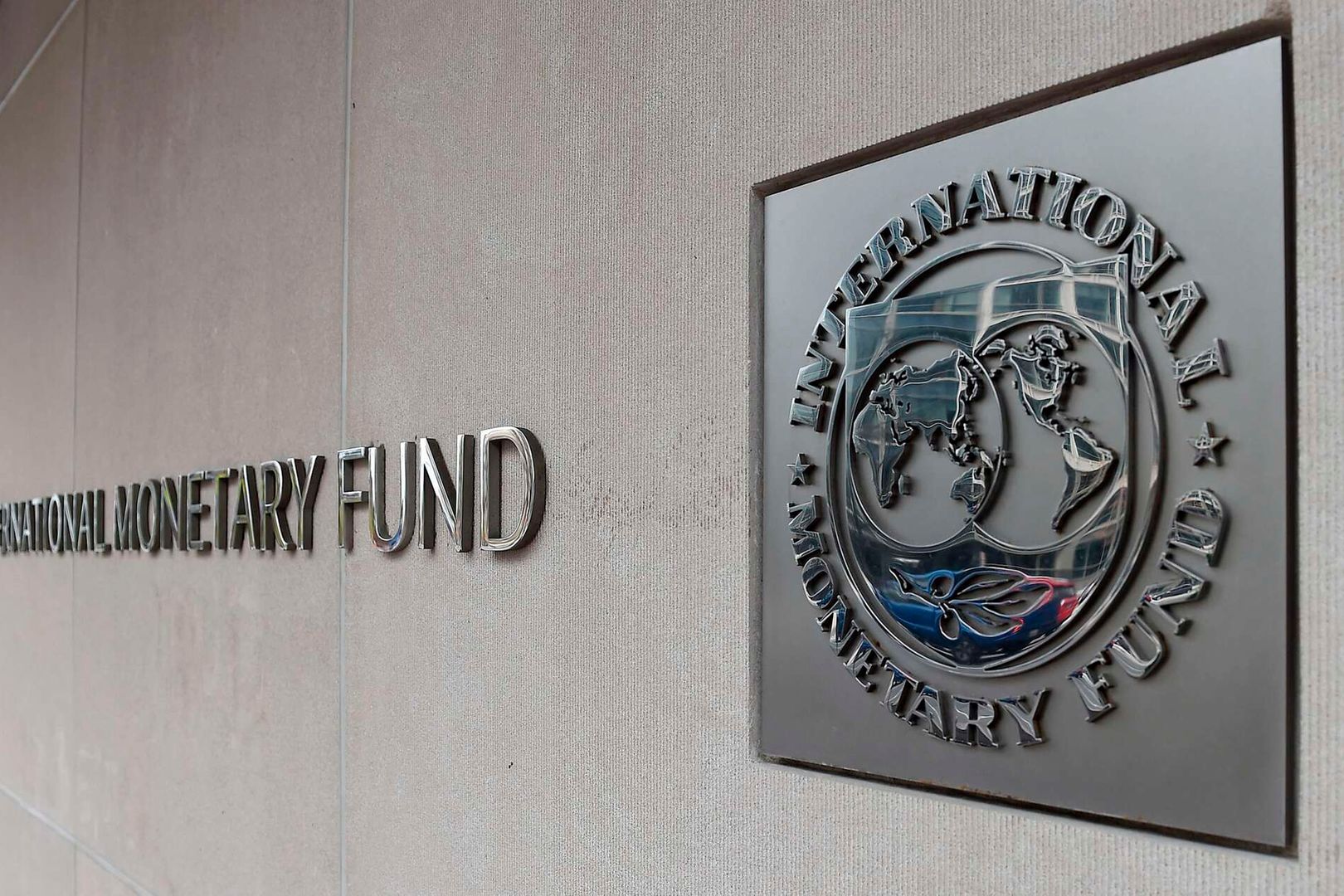- The Daily Brief, by The Kenyan Wall Street
- Posts
- Why Its Going to Cost More to Build
Why Its Going to Cost More to Build
Here's what you need to know to start your week

Direct to your inbox every Monday at 9am (EAT)
What's Inside

Higher Taxes on Materials Weigh Down Construction Industry

A bag of cement this December costs about KSh 830 up from KSh 750 in December 2023 amid concerns that limestone and additives used in manufacturing could lose their zero rating status under VAT.
According to a report by the Architectural Association of Kenya (AAK), the 5% tax on coal would increase the cost of cement manufacturing because it is a major source of energy for Clinker production.
The 35% excise duty on ceramic tiles and sanitary fixtures and levies on steel imports meant to promote local industry will likely limit choice and lead to capacity constraints.
Developers will not only face higher costs in building houses but are likely to postpone construction until prices fall, leading to possible housing shortages.
“The construction industry in Kenya has experienced a marginal increase in material costs over the past year owing to various factors such as fiscal policies, political instability, and fluctuation of the dollar exchange rate among others. These factors have directly impacted the cost of key construction inputs such as fuel, cement, and steel,” the AAK said in the report.
The architects’ report also spelt doom for the affordable housing program, which the government is pursuing if the rising cost of materials is not addressed. The Housing Levy deducted from salaried Kenyans will still be subject to the increased cost of building materials. If subsidies are implemented, the burden for the taxpayer will become heavier.
“Increases in taxes on cement, steel, and finishes make it more difficult to achieve targets of unit cost in affordable housing. Higher costs for the developers will reduce interest in PPP unless offset by tax rebates or subsidies,” the report added.
The report states that the housing units are likely to become more expensive and defy the affordability goal. Moreover, smaller developers might struggle to complete units thus stifle competition in the housing market. When this happens, more robust developers might pursue higher profits with the existing demand for housing – 250,000 homes needed every year.
Kenya’s housing deficit stands at over 2 million units. The government reports that more than 90,000 housing units in the Affordable Housing Program are under construction. According to the architects, sourcing local building materials such as bamboo, compressed earth blocks, and insulated concrete foam (ICF) would potentially lower construction costs.
“Additionally, the program’s success depends on maintaining a balanced relationship between property prices and income levels to ensure accessibility for target populations,” the report said.
A study by Integrum Construction reveals that constructing a luxurious apartment block in Nairobi costs KSh 77,910 per square metre. A luxurious maisonette would cost you KSh 84,000, and a standard bungalow KSh 48,750. Building costs are also impacted by land and property prices, which have surged by 3.02% in satellite towns and 1.6% in suburbs across Nairobi – according to the latest report by Hass Consult.
Massive population growth and rapid urbanization continue to impact the prices of prime land in many areas. The report proposes for an increased reallocation of public land for housing development and regulate the speculative environment to prevent land prices from heating up developers’ costs.
““Things that have never happened before happen all the time.”
― Morgan Housel, The Psychology of Money
Interview of the Week
Have a great week!





